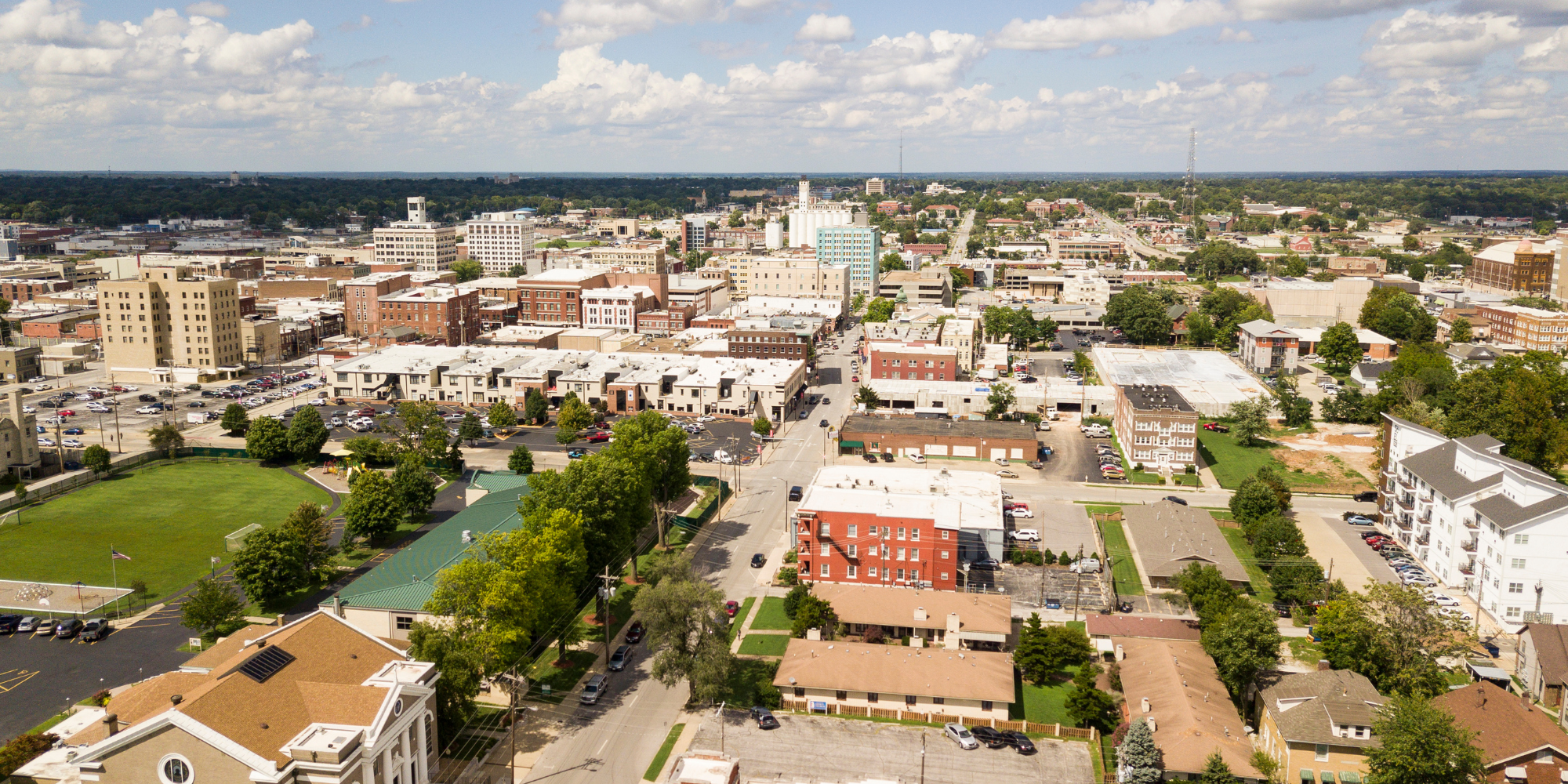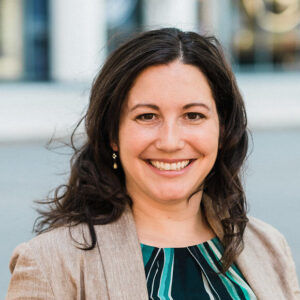Written with Alan Berube, Interim Vice President and Director of Brookings Metro, and Teryn Zmuda, Chief Research Officer and Chief Economist at the National Association of Counties (NACo).
March 2022 marked the first anniversary of the passage of the American Rescue Plan Act (ARPA). It also marked nearly one year from when U.S. states, counties, cities, and tribal governments began to receive their respective shares of $350 billion ARPA provided toward public sector fiscal recovery. We have been monitoring how large cities and counties are using those flexible State and Local Fiscal Recovery Fund (SLFRF) dollars through our Local Government ARPA Investment Tracker.
The Tracker now includes projects to which these cities and counties allocated SLFRF dollars through March 31, 2022, the most recent reporting period for which data are available. This update highlights a few key trends from those data.
Large cities and counties had committed half of their total flexible ARPA dollars to specific eligible projects by March 2022.
By the end of 2021, large cities and counties (90 cities/consolidated city-counties and 236 counties with populations of at least 250,000) had committed SLFRF dollars to nearly 4,600 specific projects across a range of eligible uses. They expanded those commitments significantly in the first three months of 2022. By the end of March of this year, large cities and counties had committed funds to more than 6,200 projects, a 35% increase from the prior reporting period.
As the number of committed projects increased, the committed share of total SLFRF dollars grew as well. By the end of March 2022, large cities and counties had budgeted 51% of their combined total allocation ($34 billion of $66 billion overall). Because the U.S. Treasury Department delivered the dollars to local governments in two roughly equal tranches in May 2021 and May 2022, this 51% figure reflects that cities and counties had, in the aggregate, budgeted their entire first tranche of funding, plus a small share of their second tranche. This figure was up considerably from the 40% of SLFRF dollars they had budgeted through December 2021.
City and county ARPA expenditures grew as well. Through the first quarter of 2022, large cities and counties had expended $11 billion in SLFRF resources, roughly one-sixth (17%) of their total combined allocation. This was up from 10% in December 2021, signaling that the pace of local ARPA budgeting continues to run ahead of ARPA spending itself.

Government operations remain the single largest expenditure category in large cities and counties.
When we last analyzed large city and county SLFRF spending commitments, we saw that government operations—replacing lost revenue, rehiring laid-off workers, and investing in public facilities and systems for a post-pandemic world—accounted for 42% of budgeted projects through December 2021. This figure increased slightly through March 2022, by which time government operations projects represented 44% of cities’ and counties’ combined budgeted SLFRF dollars.[i] However, it reflected a decline in the share of city funds committed to those purposes (from 50% to 48%) and an accompanying rise in county government operations projects (from 32% to 38%).
More recent city and consolidated city-county SLFRF commitments seem to have focused on two areas: economic and workforce development, and housing. By March 2022, these governments had budgeted $2.0 billion toward economic and workforce development projects, 11% of their total allocation. Support for small businesses, workforce development, and tourism and hospitality industries represented the largest commitments in that spending group. Housing projects accounted for $1.9 billion in city and consolidated city-county SLFRF commitments through March 2022, with support for homeless individuals and affordable housing development each totaling more than $500 million.
Some large counties, meanwhile, significantly expanded their investments in government operations. Counties including Broward (Fla.), Cuyahoga (Ohio), Greenville (S.C.), Miami-Dade (Fla.), and Sacramento (Calif.) classified substantial portions of their SLFRF allocations as revenue replacement in the first few months of 2022. By March 2022, fiscal health recovery represented $3.2 billion of large counties’ combined $35 billion SLFRF allocation. Public health (17%) and infrastructure (12%) continue to represent the largest county investment priorities after government operations.

Large cities and counties have directed 29% of their budgeted SLFRF dollars toward projects that aim to combat social/economic disadvantage.
A recent analysis examined how large cities and counties are using SLFRF dollars to address the needs of populations and communities that suffered the most during the pandemic. It found that through December 2021, these jurisdictions had committed 28% of their budgeted dollars toward projects in areas primarily intended to benefit economically disadvantaged households and communities.
That proportion ticked up slightly through the first few months of 2022. By March, large cities and counties had committed 29% of their budgeted SLFRF dollars toward these uses, which include several subcategories of community aid, economic and workforce development, and housing uses. The largest commitment areas were support for homeless populations ($1.4 billion) and small businesses ($1.3 billion). Workforce development, youth and family support, and mental health each accounted for more than $750 million in combined city and county commitments.
With significant SLFRF dollars still uncommitted as of March, however, many cities and counties retained considerable opportunity to deploy funds toward some of the deeper equity challenges their communities face. Even jurisdictions that had committed most of their budgeted dollars toward such uses—Madison, Wisc. (98%), Ramsey County, Minn. (95%), Raleigh, N.C. (95%), San Jose, Calif. (92%), and Nassau County, N.Y. (89%)—had yet to budget more than half of their total SLFRF allocations. Other jurisdictions that “parked” significant SLFRF sums in revenue replacement may, in future reports, specify programs and services those dollars will support, including those benefiting economically disadvantaged households and neighborhoods.

City and county ARPA spending patterns through March 2022 may represent the “end of the beginning” of the multi-year process in which local governments will put these flexible funds to work through 2026. These patterns thus provide a partial picture of local priorities, but with many jurisdictions waiting before committing the second SLFRF payment they received in May 2022, the next couple quarters of data should provide an even fuller picture of how cities and counties are meeting this important moment.
[i] The Treasury Department altered its SLFRF expenditure classification system between the December 2021 and March 2022 reporting periods, and the Brookings/NLC/NACo team likewise modified its coding methodology. As such, changes in expenditure group/subgroup spending shares may reflect the reclassification of some existing 2021 projects, as well as the addition of new projects in the first quarter of 2022.









